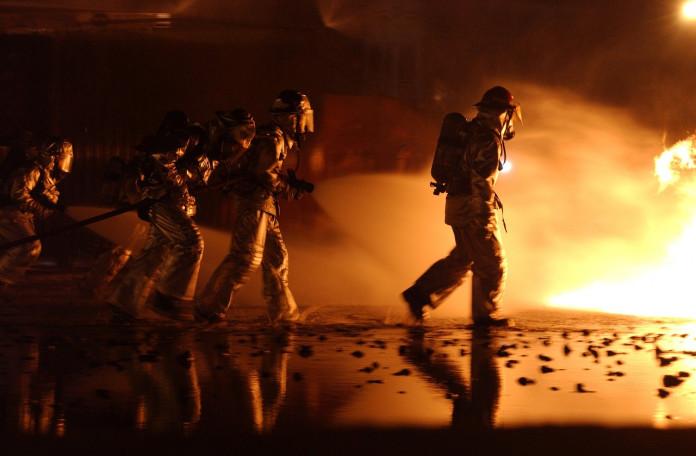WASHINGTON — U.S. Secretary of Agriculture Sonny Perdue said wildland fire suppression costs for the fiscal year have exceeded $2 billion, making 2017 the most expensive year on record.
Wildfires have ravaged states in the west, Pacific Northwest and Northern Rockies regions of the United States this summer.
As the Forest Service passed the $2 billion milestone, Perdue renewed his call for Congress to fix the way the agency’s fire suppression efforts are funded.
“Forest Service spending on fire suppression in recent years has gone from 15 percent of the budget to 55 percent — or maybe even more — which means we have to keep borrowing from funds that are intended for forest management,” Perdue said.
“We end up having to hoard all of the money that is intended for fire prevention because we’re afraid we’re going to need it to actually fight fires. It means we can’t do the prescribed burning, harvesting, or insect control to prevent leaving a fuel load in the forest for future fires to feed on. That’s wrong, and that’s no way to manage the Forest Service.”
Currently, the fire suppression portion of the Forest Service budget is funded at a rolling 10-year average of appropriations, while the overall Forest Service budget has remained relatively flat. Because the fire seasons are longer and conditions are worse, the 10-year rolling fire suppression budget average keeps rising, chewing up a greater percentage of the total Forest Service budget each year.
Borrow
The agency has had to borrow from prevention programs to cover fire suppression costs. Perdue said he would prefer that Congress treat major fires the same as other disasters and be covered by emergency funds so that prevention programs are not raided.
“We’ve got great people at the Forest Service and great procedures and processes in place,” Perdue said. “We can have all of that — the best people, the best procedures, and the best processes — but if we don’t have a dependable funding source in place, then we’ll never get ahead of the curve on fighting fires.”
Funding
This fiscal year, Congress appropriated additional funding above the 10-year average — almost $1.6 billion total — to support Forest Service firefighting efforts, but even that amount has not been enough.
With three weeks left in the fiscal year, the Forest Service has spent all of the money Congress appropriated for fire suppression, which means the agency has borrowed from other programs within its budget to meet this year’s actual fire suppression costs.
Continuous fire activity and the extended length of the fire season is driving costs.
At the peak of western fire season, there were three times as many uncontained large fires on the landscape as compared to the five-year average, and almost three times as many personnel assigned to fires.
More than 27,000 people supported firefighting activities during peak western fire season. The Forest Service has been at Preparedness Level 5, the highest level, for 35 days as of Sept. 14. Approximately 2.2 million acres of National Forest system lands have burned in that time.










